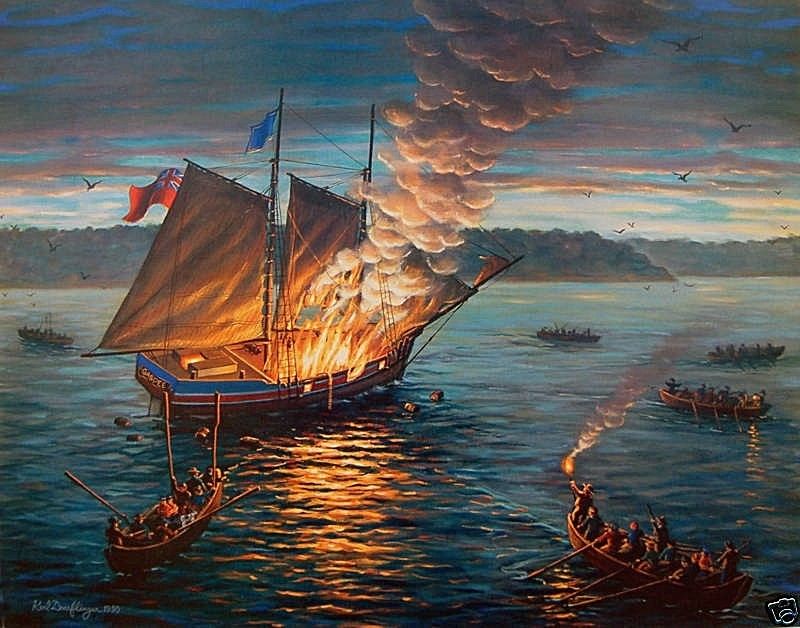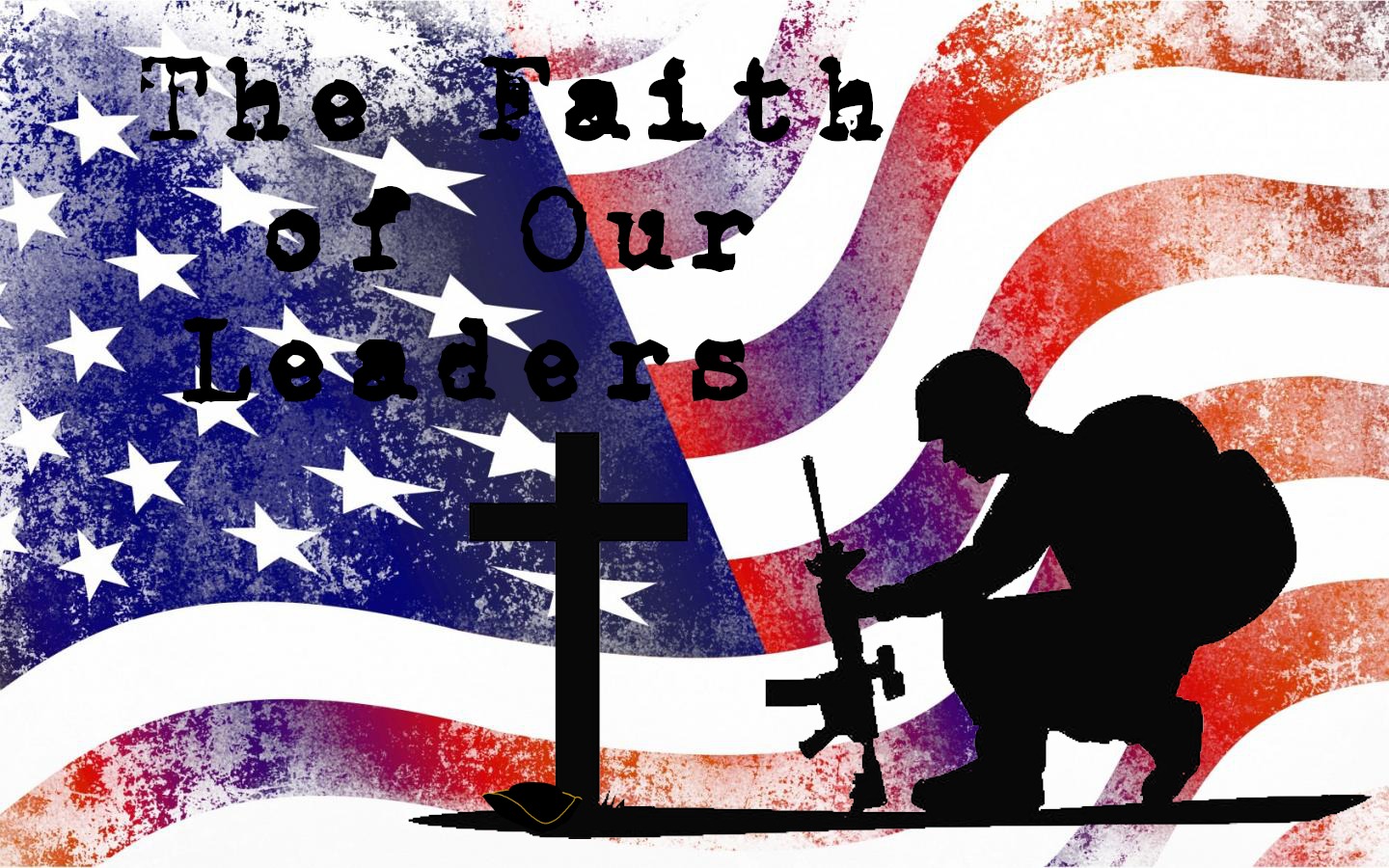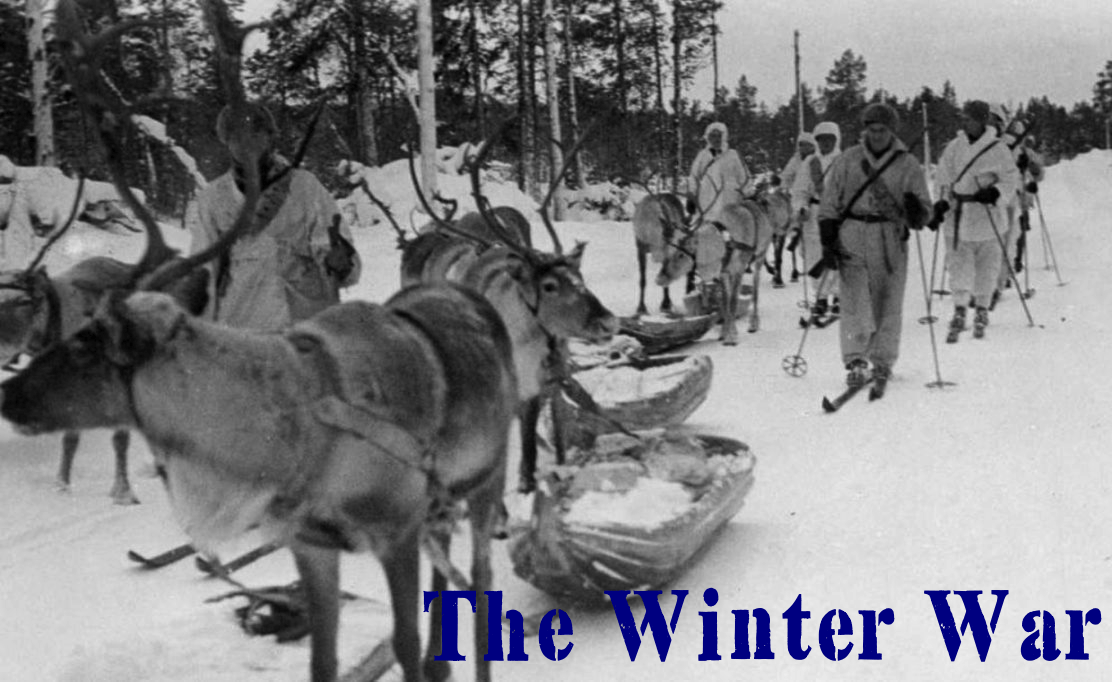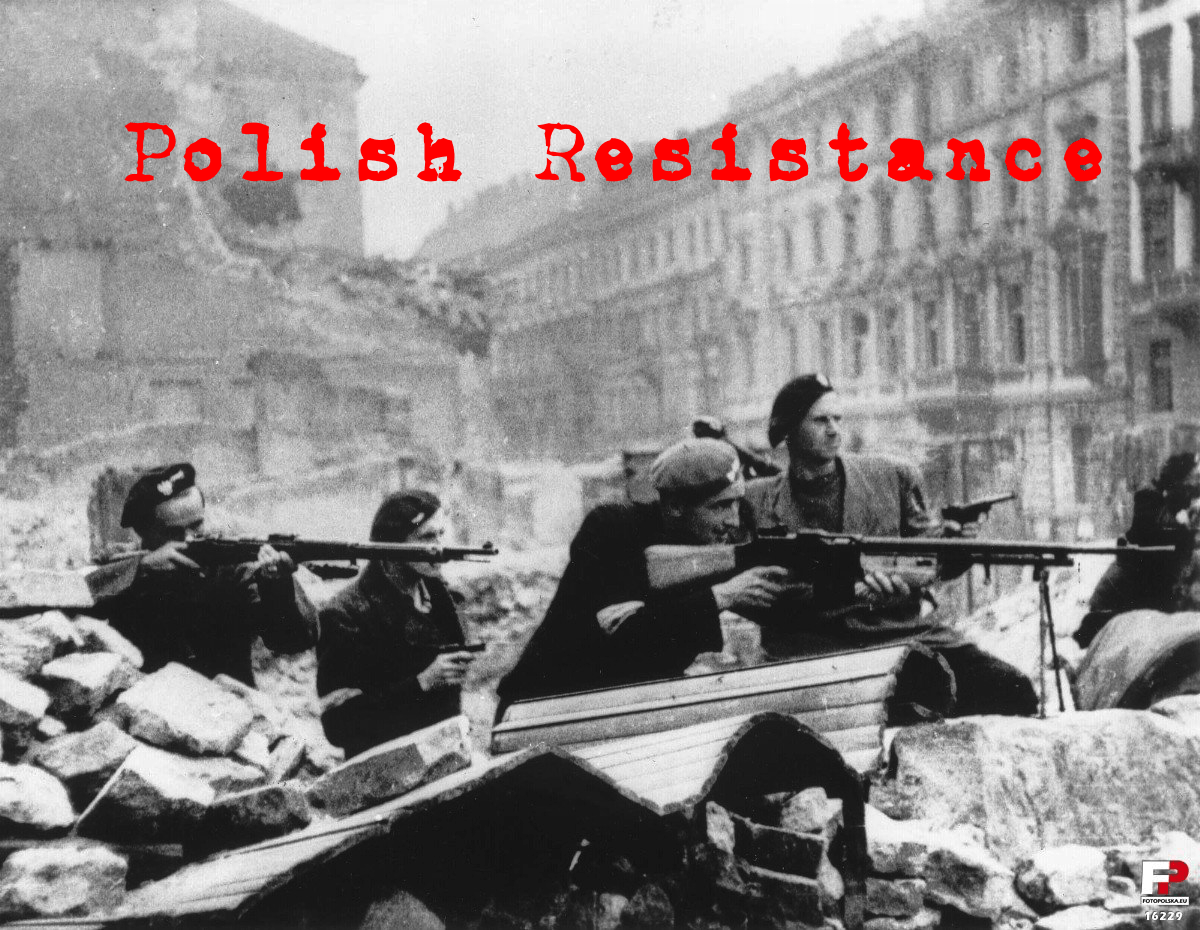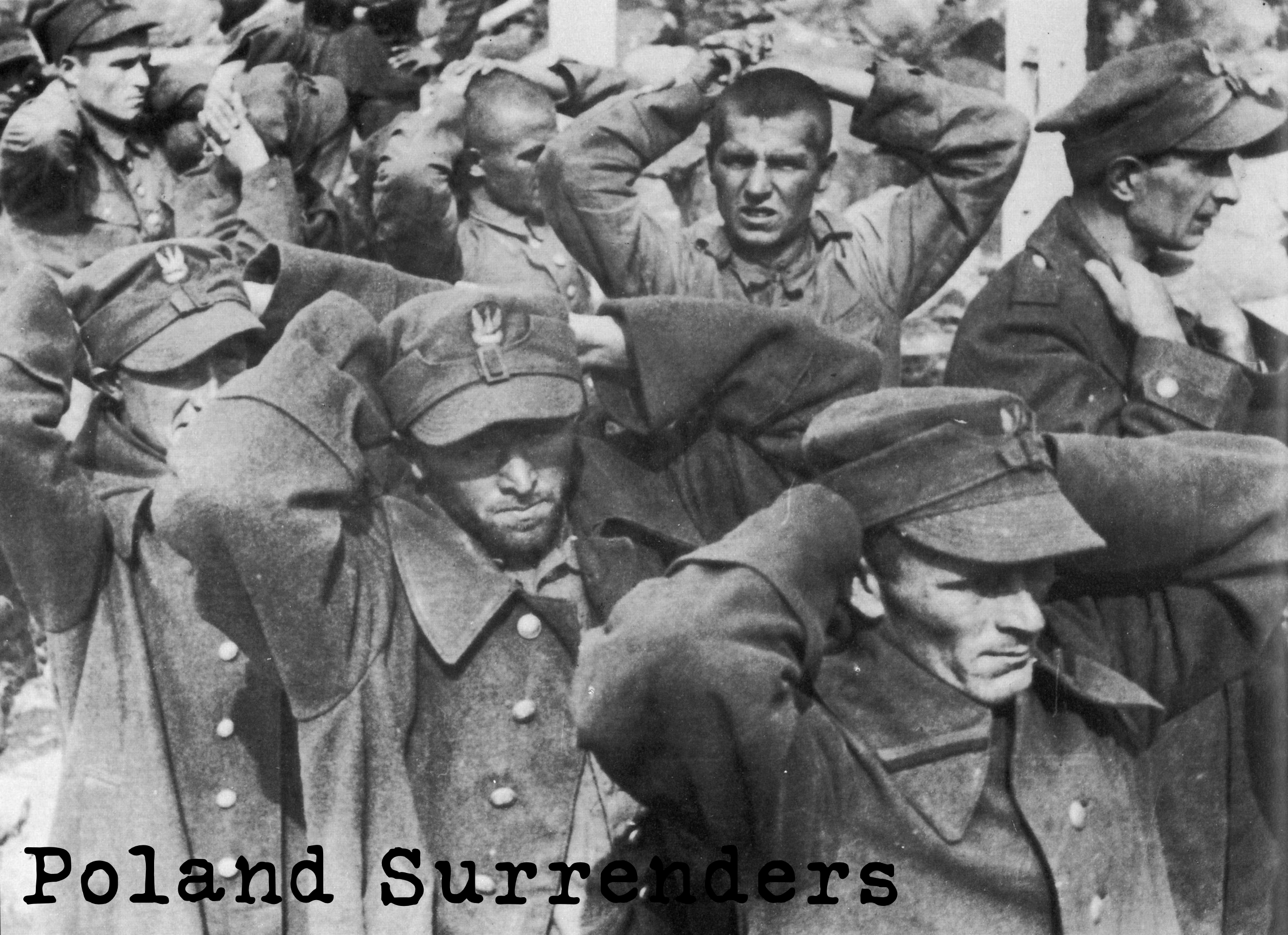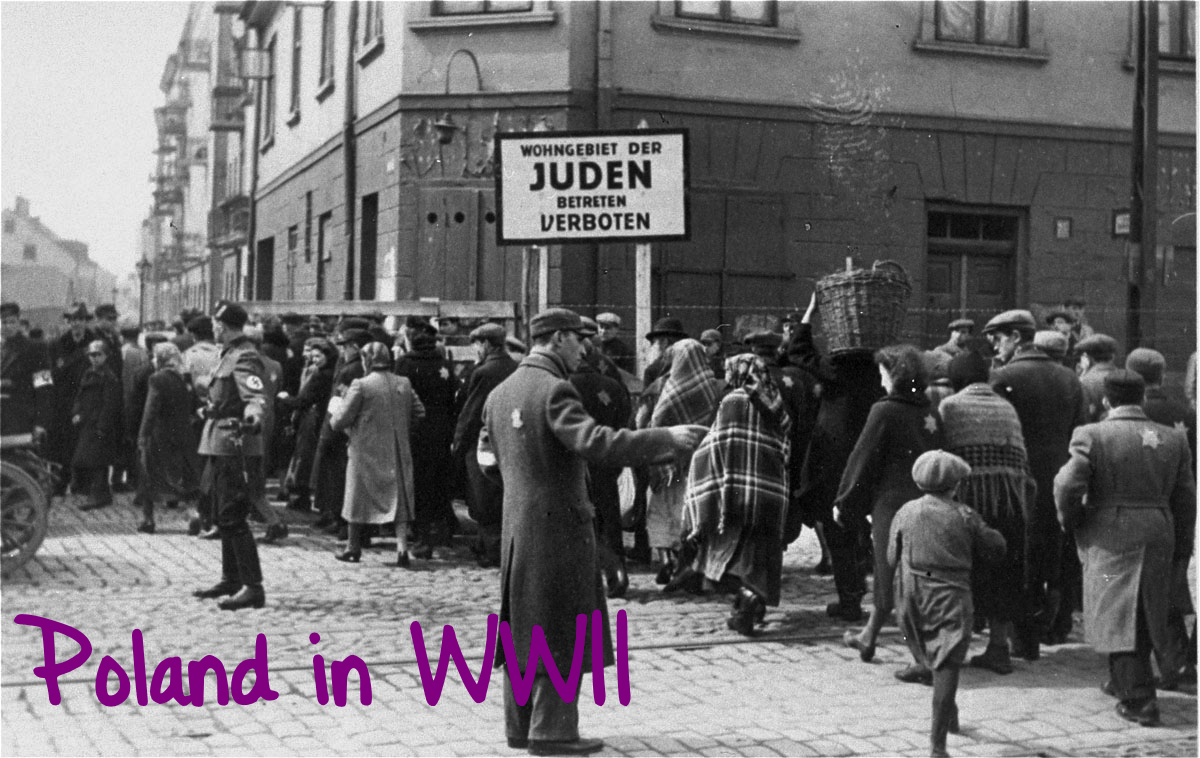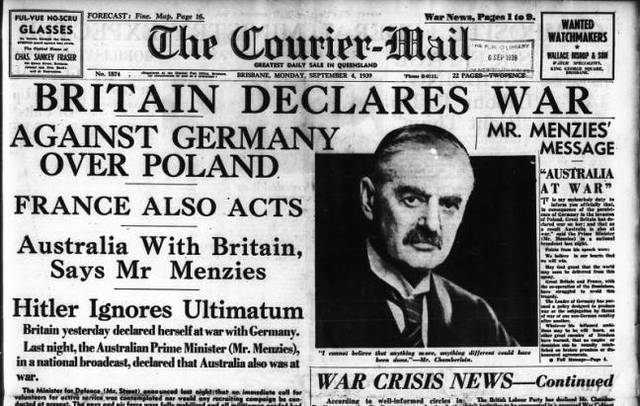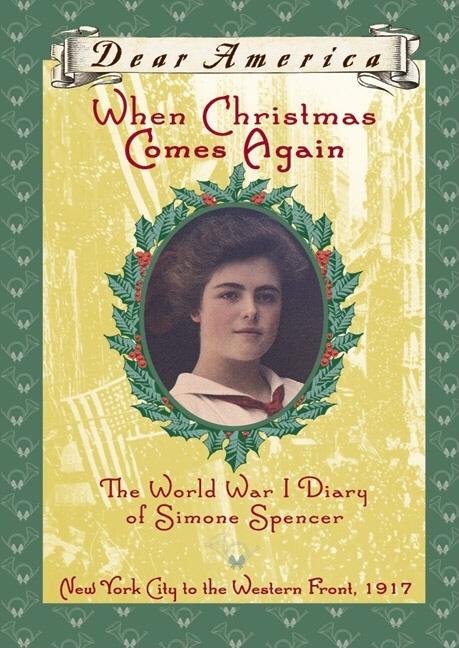The Gaspee Affair
The Gaspee Affair Despite the Boston Massacre, British officers were no less aggressive in their enforcements of the Stamp Act and other customs laws.… Read More »The Gaspee Affair
The Gaspee Affair Despite the Boston Massacre, British officers were no less aggressive in their enforcements of the Stamp Act and other customs laws.… Read More »The Gaspee Affair
Our Faith of Our Leaders logo was designed to remind us of the prayers of our soldiers – the prayers of our generals, our presidents,… Read More »The Faith of Our Leaders
An interesting speech delivered President Trump during his 4th of July ‘Salute to America’ celebration. His speech teaches us the importance of ‘peace through strength’… Read More »Trump’s Salute to America Speech
The Winter War A direct result of the Molotov-Ribbentrop Pact, in which the Soviets “got” Finland. This resulted in a 3 ½ month war between Russia and… Read More »The Winter War
Polish Resistance Summary: Irena Gut is a normal Polish girl in 1939. She loves her family and four sisters. And she’s pretty sure she… Read More »Polish Resistance
Today in History: September 27, 1939 – Poland Surrenders On September 27, 1939, after being invaded by first Germany and then the Soviet Union… Read More »Today in History: September 27, 1939 – Poland Surrenders
Poland in WWII Not sure how I missed such an important entry, but here it is now. As we know, after the Jews, the… Read More »Poland in WWII
Today in History: September 3, 1939 – WWII Begins Although Germany had invaded Poland two days earlier, on the 1st, Britain had been hoping… Read More »Today in History: September 3, 1939 – WWII Begins
Today in History: September 1, 1939 – Germany Invades Poland On September 1, 1939, despite having already taken over Austria, despite having been handed land… Read More »Today in History: September 1, 1939 – Germany Invades Poland
When Christmas Comes Again I’ve mentioned before how much I love the Dear America series. Well, it’s equally true that I shouldn’t be allowed to… Read More »When Christmas Comes Again
